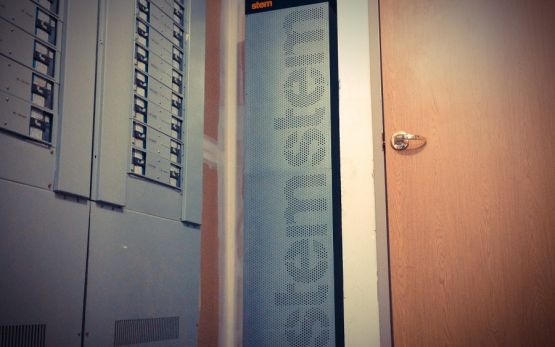
Adding energy storage can boost solar PV project revenues by as much as 50% in the US state of Massachusetts, US developer Stem Inc has claimed.
The storage provider made the claim while announcing the completion of a front-of-meter solar project that boasts 8MWh of storage. That project, located near Springfield, MA, is one of four AC-coupled front-of-meter projects Stem is working on alongside Syncarpha.
Unlock unlimited access for 12 whole months of distinctive global analysis
Photovoltaics International is now included.
- Regular insight and analysis of the industry’s biggest developments
- In-depth interviews with the industry’s leading figures
- Unlimited digital access to the PV Tech Power journal catalogue
- Unlimited digital access to the Photovoltaics International journal catalogue
- Access to more than 1,000 technical papers
- Discounts on Solar Media’s portfolio of events, in-person and virtual
Or continue reading this article for free
It combines just under 5MW of solar with the storage capacity and marks Stem’s debut as an independent power producer (IPP).
Energy storage deployment in Massachusetts has been driven by a number of supportive policies. The state has a target in place to deploy 200MWh of storage by the end of this year and 1,000MWh by 2025.
In a recent interview with sister publication Energy-Storage.news, Jason Burwen, policy director of the national Energy Storage Association told this site that the state’s leaders, including Governor Charlie Baker, have chosen to pursue that target “not through a single energy storage policy” but “through distributing energy storage into many different programmes and feeding it through those” in an interview on state-level targets for storage published this week.
Stem Inc representatives said the Blandford project time-shifts solar-generated energy to help the local grid meet that Clean Peak Standard. Also important to Massachusetts distributed energy resources is the availability of participation in the regional ISO New England transmission system operator’s wholesale markets.
The front-of-meter system can deliver energy, capacity and ancillary services on a market basis in this way. Behind-the-meter projects in the state can also earn extra revenues through enrolment in demand response programmes and managing their own demand charges, while battery storage also offers some scope to do energy arbitrage.
This story is adapted from a version first published on sister publication Energy-Storage.news. To read the full version, click here.







